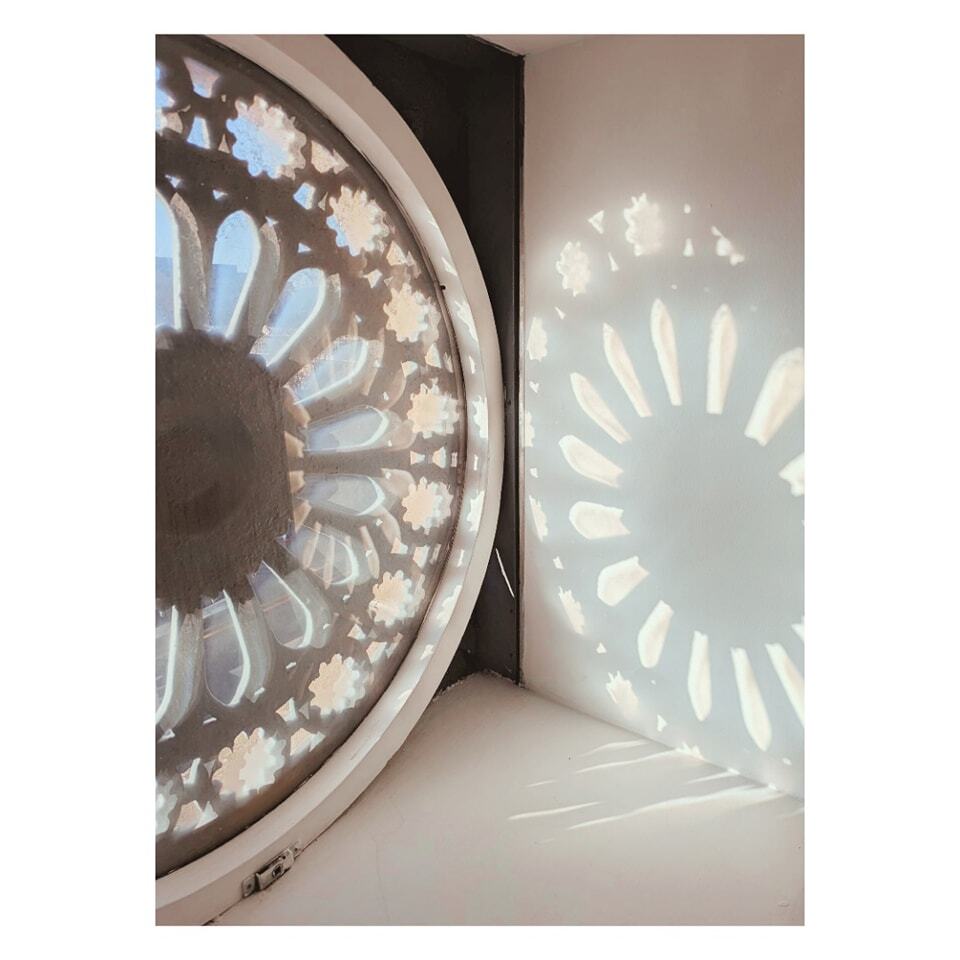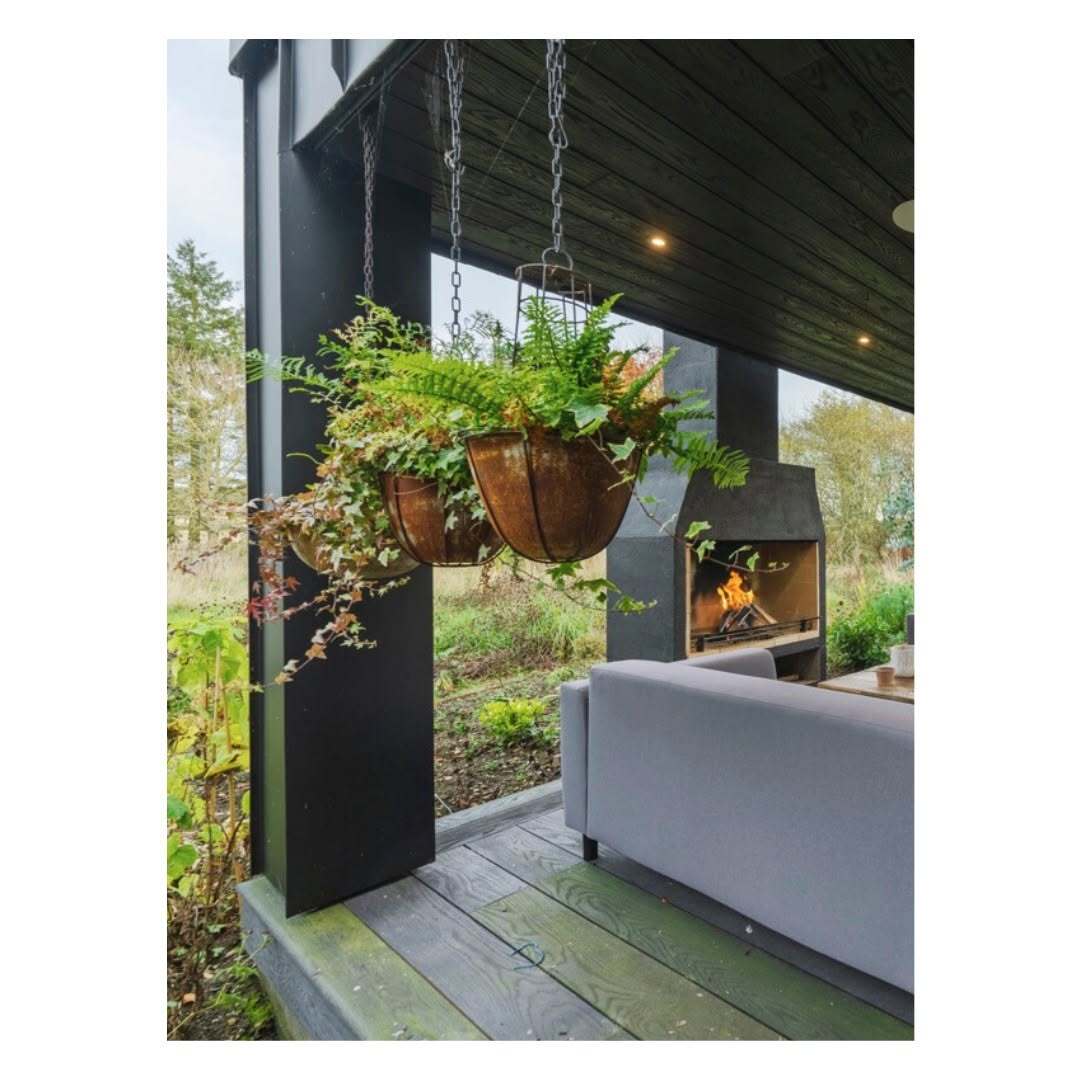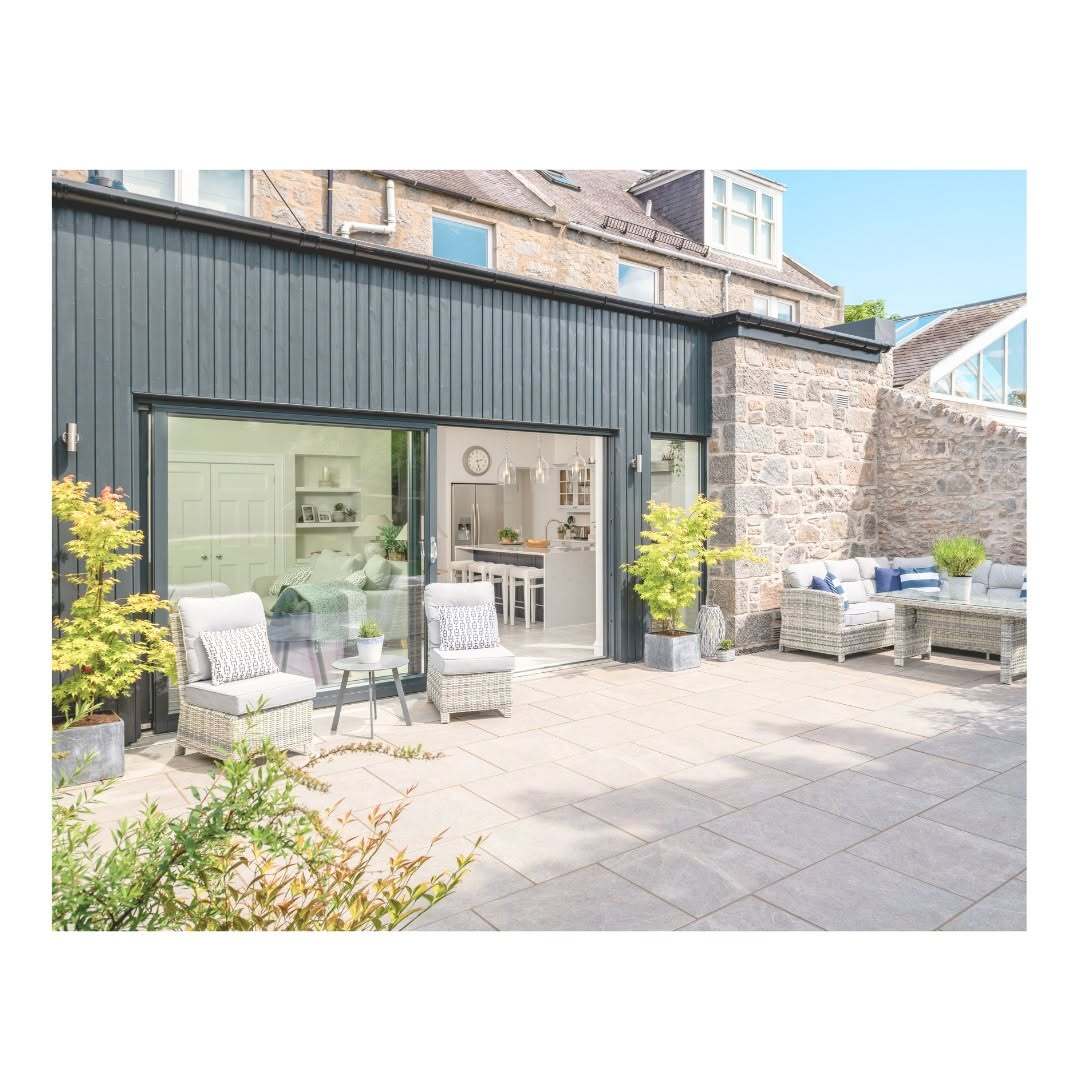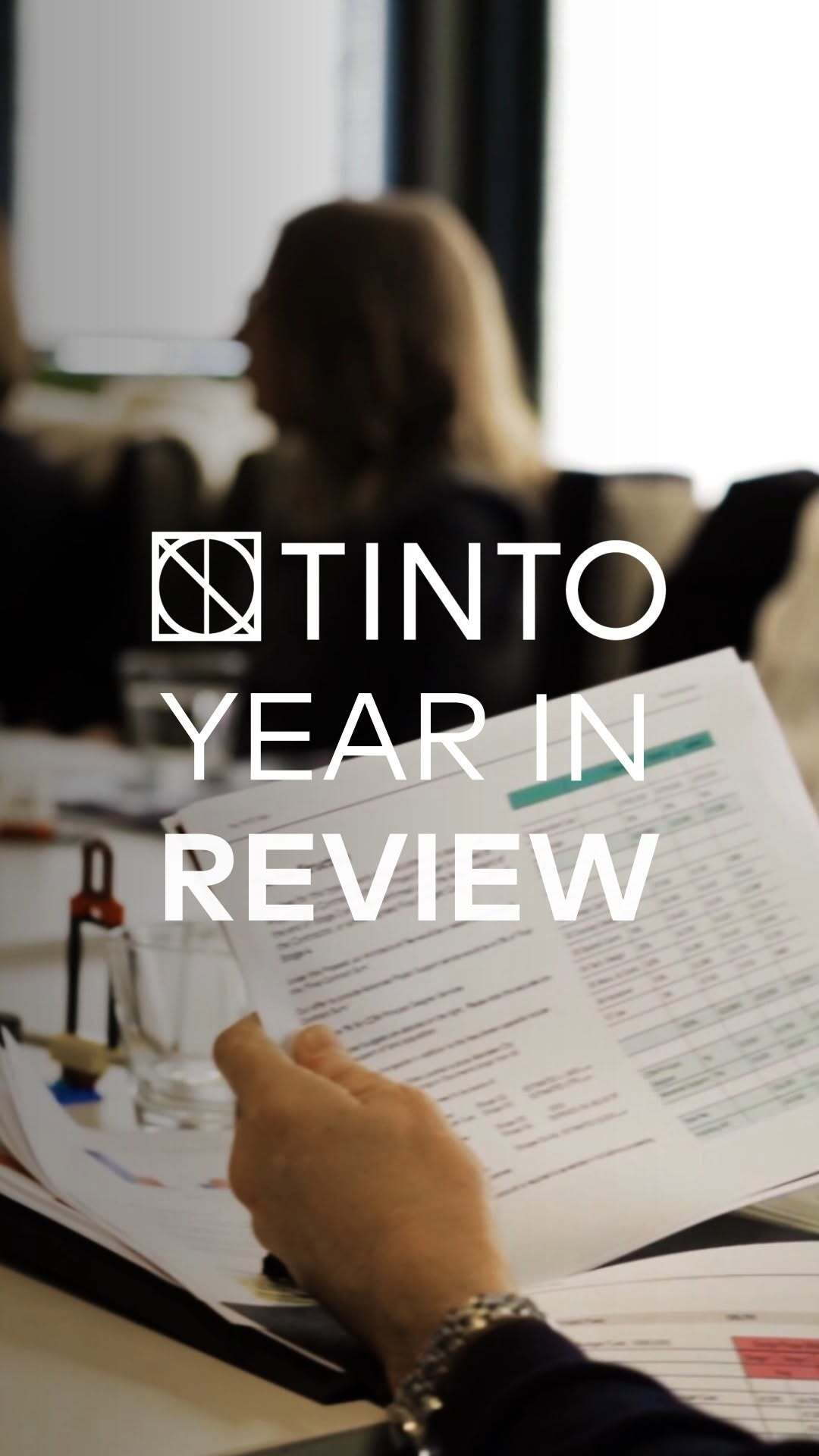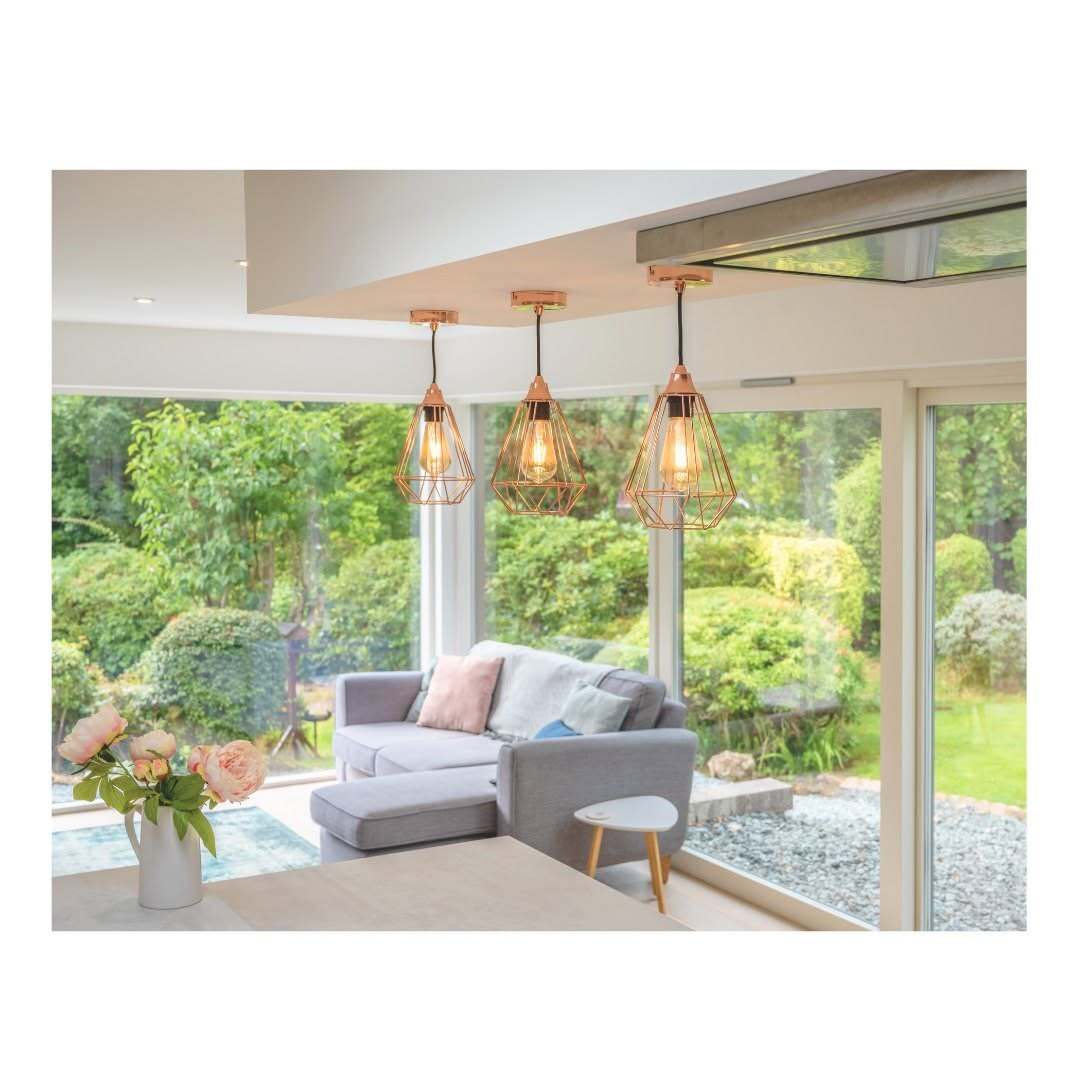The psychology behind effective office designs: a Q&A with Richard Tinto
Office environments have undergone an evolution in recent years, with a growing consideration of psychology in the design process. The days of oppressive cubicles are behind us, and workspaces that inspire and motivate its employees have come to the forefront of commercial architecture.
To give you an insight into this important topic, we caught up with our Managing Director, Richard Tinto, to discuss the psychological impact of any physical office space.
In your experience, why do you think psychology plays such an important role in the design of office spaces?
“I think it’s probably one of the most undervalued topics when it comes to considering your space. It should all start with the psychology and the human impact that the change in space can create, both from an internal stakeholder perspective, and also from a customer perspective as well.
“The work environment should be a reflection of the company’s own mission and their own goals. It should also be a reflection of those who choose to work with them and work for them, and that’s a psychological aspect; it’s a feeling. It’s something a little bit deeper than what physically manifests itself in a design or in a finished space.”

How can an office space be designed to get the most out of a team?
“It needs to start with the team, and, where possible, the customers as well. If a company understands what their customers’ needs are, there’s also an opportunity to reflect that in the working environment if it’s a space that customers visit.
“From an internal perspective, the most important part is understanding what the company does, what it stands for, and what sort of culture they’re looking to create within the organisation. That’s what really drives the design; knowing what kind of working relationship the company wants to have with their customers, and between themselves, will plant the seed for the initial concept, that our team can then grow.
“It’s not one size fits all - the variety of jobs within different businesses require different emotive experiences and uses of space. It’s all about understanding how the various areas of a company need to be set up to best serve their customers, and create spaces that allow employees to do this at their absolute best.”
What benefits can companies get if they think carefully about the design of their office spaces?
“They can really reflect the value that they add to their customers through their working environment, and they can also reflect their own values as a company by looking after their people, which again, is an external projection onto their customer experience. Customers can get a real sense of the company’s integrity and values through the working environment and what they stand for.
“I think that people can perform at their best if a very human, people-centred approach is taken to designing any space. If we understand what the real human needs are both internally and externally for an organisation, it’s probably the biggest impact that the physical space could have - you can increase value in your customer’s eyes, but you can also create a more efficient delivery to your customers. It solidifies the company’s values for its customers because the design of the space is the business walking their talk.”

How can different spatial layouts in an office encourage different behaviours from the people that work there?
“Every company will have different needs, but open-plan working is great for teams. It lets people communicate freely and it gives them the opportunity to build rapport and relationships, which is really important for team building. That’s probably the biggest benefit of the open-plan space; it’s people being together, sharing experiences and learning from each other.
“Collaboration spaces are best for removing yourself from what would be deemed desk tasks. You’ve got to come away from the computer, minimise distractions and remove technology from collaboration spaces - this allows people to be a lot more creative and think a little bit differently.
“These are great spaces for customers as well - rather than formalising the meeting process, meet them in a less formal fashion; it’s not so intimidating and customers can relax a little more comfortably in these types of spaces.
“We’re also seeing a big shift from fixed desktops to docking stations and having the ability to move about, and use different types of spaces as required. This is very good for the culture of the organisation and I think that’s also a reflection on the customer; when they see how flexible the physical environment is, they see how viable the business that they’re working with is.”

What are some key design elements that are important to consider when creating a positive mood and atmosphere in an office space?
“You have to think about who’s doing what in the organisation. For example, if someone is sitting at their desk for 8-10 hours a day, lighting is an extremely important consideration. You need to understand your people and what they do for your customers, then you need to shape your lighting, acoustic and colour strategy around that.
“In terms of accessories, form follows function - if it doesn’t improve the working environment, then there’s no point in having it. It’s not just about having things like fluffy cushions, there needs to be a reason behind it. The less obvious things in terms of design are actually the most important aspects when it comes to getting a great end result.
“Furniture and its placement is very important, and so is the layout of the office, but aspects of brand, colour, acoustics and lighting can be far more important to the success of a project than what desk you’re using, what chair you’re using or what the ultimate layout is going to be. It’s that sense of feeling that we’re trying to create. Something a little less tangible.”

What would you say is the most important design element when designing an office space?
“I think the most important thing is achieving a sense of brand and identity. If the culture of the organisation is true to that identity, then a physical manifestation of it is great for company culture. And again, it’s good for customers - having the company values communicated through the physical space is the business walking that talk.
“Brand identity overrides everything like colour, lighting and acoustics, although they are close in behind it. They will help you achieve that sense of brand far better than any obvious slogans on walls or desk layout or ways of working. If you can create the initial sense of what the company values are through those aspects, then you’re onto a winner from the start.”
Which of your recent projects have these elements have worked particularly well in?
“The guys at Sumitomo really loved the presentation that we did for them recently. It’s a Japanese company that’s also quite technical in what they do, so we played on the Japanese zen concept.
“We introduced some greenery, some mood lighting and a different set of spaces that were grounded in zen principles, because although they’re a very heavily engineering-focused business, actually, this part of their identity is equally important as what they do.
“I think people have that perception before they interact with them, so we wanted to recreate a physical manifestation of what we saw Sumitomo as being, and the guys seemed to think we managed to do that.”
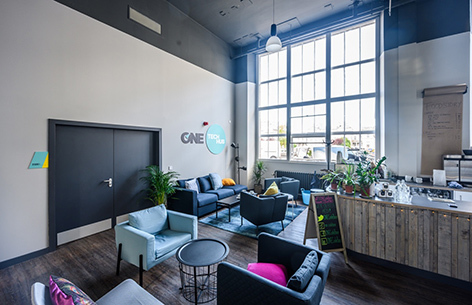
Do you find that these considerations and design elements vary across different industries, or are there common themes across all industries?
“There are common elements like light, colour and acoustics that underpin the basis of any good design, but we view all the industries and sectors that we work in as equally important, because we learn ideas from all of them.
“We actually view the office and the commercial environment as an opportunity to experiment with the social and private aspects of people’s lives. If the transition between home, work and social interactions can be consistently good, then we’re improving the world, which is what we stand for.
“So, we steal an idea from a house or a bar or a restaurant, and incorporate that in a work environment, because we feel that it adds a human touch. Sometimes it could be a rug or sometimes it’s a slightly different way of holding meetings, or creating an entertaining space. It’s really about learning from all the different sectors that we operate in to try and evolve the commercial marketplace.
“We’re not saying that we have all the answers but we’re staying on the edge of the curve in terms of always looking for fresh ways of creating interesting spaces to work in, and spaces that reflect our clients and their customers.”
Have there been any key changes or emerging trends in office designs, in terms of the psychology behind the design?
“Learning from all the different areas of life. The boundaries between living, working and socialising have become very blurred, and that’s an opportunity to learn and improve the way that we work.”
